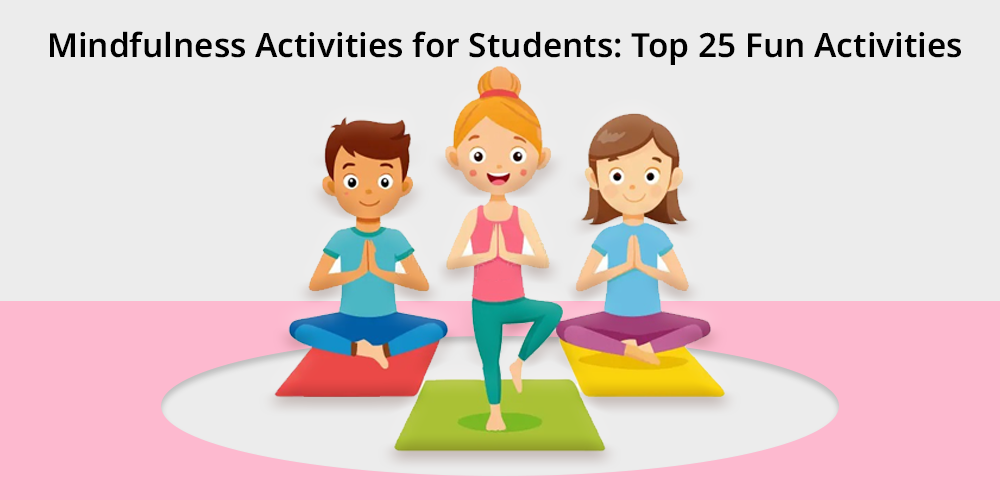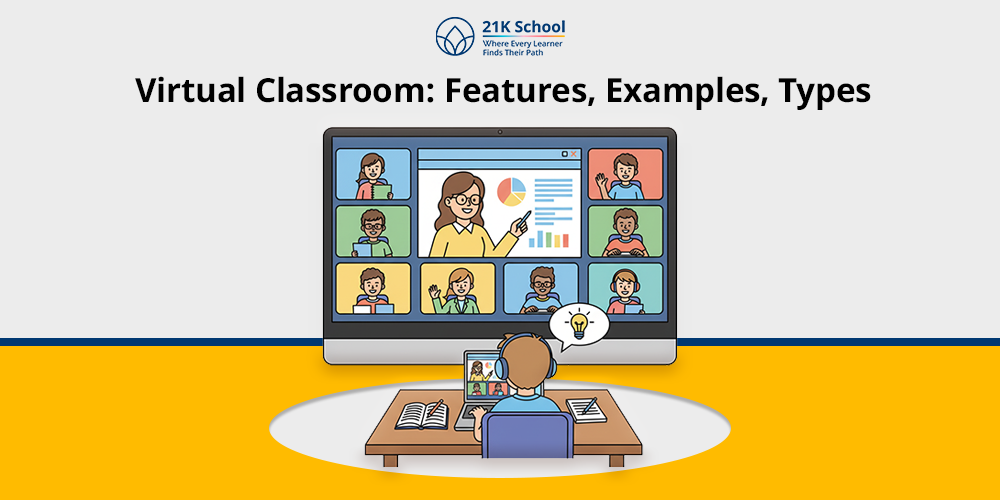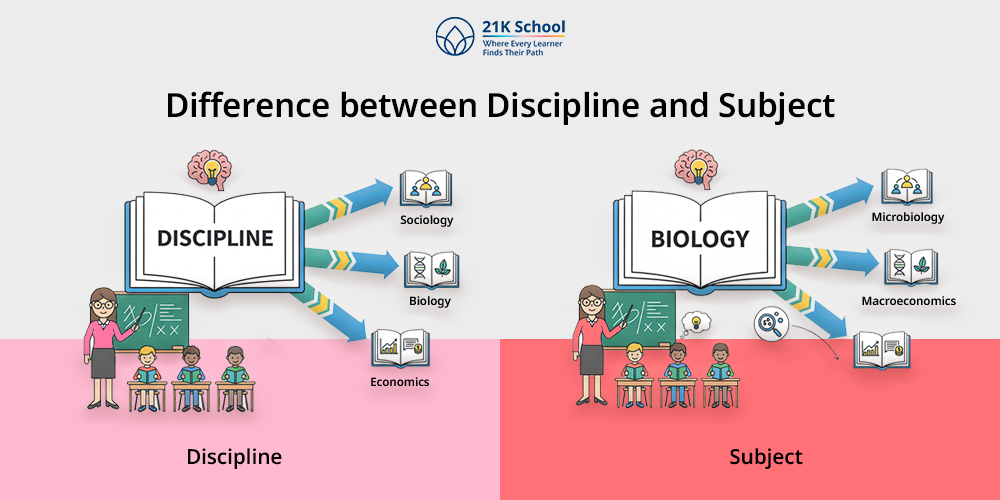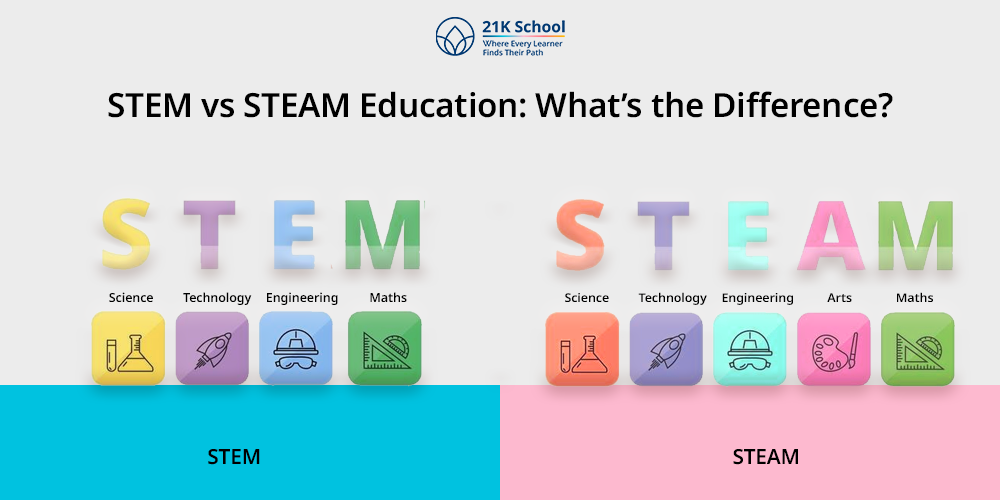
Have you ever thought about how mindfulness activities enhance children’s mental thinking?
Mindfulness activities help students to enhance their emotional well-being as well as their physical well-being. Mindfulness activities are not limited only to physical exercises or activities; instead, they can be achieved through social-emotional learning as well.
Mindfulness activities in the classrooms allow students to enhance their thinking capacity and reduce their stress and anxiety. Mindfulness exercises allow students to enhance their concentration and enhance their emotional regulation, and self-awareness.
Engaging in mindfulness activities such as mindfulness breathing, listening, journaling, and exercises helps in reducing exam stress and promotes children’s mental health. Mindfulness activities in the classroom also allow students to promote peer-to-peer learning and enhance their problem-solving skills
Contents
- 1 What are Mindfulness Activities
- 2 Top 25 Mindfulness Activities for Students
- 2.1 1. Body Scan Meditation
- 2.2 2. Mindful Breathing
- 2.3 3. Mindful Eating
- 2.4 4. The Five Senses
- 2.5 5. 5-4-3-2-1 Practice
- 2.6 6. Gratitude Exercise
- 2.7 7. Meditation
- 2.8 8. Positive Affirmation
- 2.9 9. Exercise
- 2.10 10. Nature Walk
- 2.11 11. Break Time Bell
- 2.12 12. Pinwheel Breathing
- 2.13 13. Mindful Journaling
- 2.14 14. Rainbow Bubble Breathing Story
- 2.15 15. Raisin Exercise
- 2.16 16. Emotional Bottle
- 2.17 17. Mindfulness Colouring
- 2.18 18. Safari
- 2.19 19. Rainbow Walk
- 2.20 20. Mindfulness Bingo
- 2.21 21. Red Light Green Light
- 2.22 22. Mindfulness Listening
- 2.23 23. Book Reading
- 2.24 24. Scavenger Hunt
- 2.25 25. Root to Rise Activity
- 3 Wrapping Up
What are Mindfulness Activities
Mindfulness activities can be understood as the exercises or practices which are used to enhance focus, concentration and senses. Practising mindfulness in the classroom allows individuals to reduce their stress and relax their body and mind.
Mindfulness activities are not only vital for academics but also help in professional development . Through mindfulness activities, students can enhance their attention and critical thinking skills
Various mindfulness activities such as breathing exercises, mindfulness meditation, mindfulness listening, journaling, and allowing promote holistic education
Through these exercises students and individuals can develop problem-solving skills and enhance their academic as well as professional goals.
Top 25 Mindfulness Activities for Students
Mindfulness activities are the core for developing children’s creativity and enhancing their learning speed and accuracy. Mindfulness activities allow students to develop confidence as well as enhance creative thinking skills
There are multiple activities in the classroom where teachers can help them in promoting these activities. Below, you can check the top mindfulness activities for students
1. Body Scan Meditation
In this activity, individuals need to scan their body from head to toe while paying close attention to their body and mind. This exercise helps in reducing stress and promoting relaxation.
The main goal of body scan meditation is to enhance awareness and promote a better connection between the body and the mind.
How to Practice Body Scan Meditation
To indulge in this activity, students need to sit or lie down in a quiet and comfortable environment.
After that, they need to take deep breaths and focus on their body parts from top to bottom. Focusing on body parts helps in enhancing sensations and promoting self-awareness.
2. Mindful Breathing
Mindful breathing is an incredible way to enhance senses and proper control over breath. It is a practice which contains a strong focus on breath and its movement. These exercises help in enhancing breathing control and energy.
Control over breath helps in enriching the brain and body and allows one to have proper control over the mind.
How to Indulge in Mindful Breathing
To indulge in this activity, students need to sit in a quiet and distractions free environment. Children need to close their eyes and need to understand the momentum of breathing. While breathing, it is essential to pay attention to the rhythm and depth.
This exercise allows students to develop sensations and promotes equal momentum of breath towards the entire body.
3. Mindful Eating
Indulging in mindful eating is a process of eating food with full potential and attention. This enhances the sensory memory and allows to understand the momentum of eating. In today’s modern world, most people eat food in a hurry without understanding its taste.
Mindfulness encourages individuals to understand the process of eating and allows them to consume food with full attention.
How to Practice Mindful Eating
To indulge in this process, students have to make conscious thinking about eating food and acknowledge their hunger.
While eating food, it is essential to focus on every bite of food. Always take a small bite and eat it slowly, which helps in processing food more easily and makes them active.
4. The Five Senses
The five senses is an incredible exercise that allows individuals to use all the senses simultaneously in order to get equal momentum of understanding.
These exercises allow students to quickly reconnect with their surroundings and develop mindfulness in their daily life. This includes uses of all five senses, such as sight, touch, hearing, smell, and taste.
How to Indulge in the Five Senses
To indulge in these mindfulness activities, students have to connect with their environment. Students have to take a pause for a few moments and need to observe their surroundings using all five senses.
This allows them to develop a momentum of understanding as well as control over their minds.
5. 5-4-3-2-1 Practice
5-4-3-2-1 practice, which is also known as grounding practice is a mindfulness activity that allows students to use all five senses in order to combat anxiety and stress. This exercise is one of the simplest forms of mindfulness that focuses on passive learning.
5-4-3-2-1 stands for five things you can see four things you can touch three things you can hear two things you can smell and one thing you can taste.
How to Practice 5-4-3-2-1 Exercises
To indulge in this activity, students have to utilise all their senses and act accordingly as per the environmental situation. One effective way to indulge in this exercise is to combine both breathing and meditation to focus on the momentum of all five senses.
6. Gratitude Exercise
Gratitude exercise is another incredible mindfulness exercise that allows students to respect and appreciate the positive factors of life.
These mindfulness exercises allow students to develop cultural awareness and also help in promoting a positive learning environment . This mindfulness activity allows individuals to develop self-esteem and social confidence.
How to Indulge in Gratitude Exercise
To indulge in a gratitude exercise, students or individuals have to make a conscious thinking about others. This can also be achieved by combining meditation, journaling, appreciating others and other mindfulness activities. This helps in developing kindness and allows individuals to connect with each other.
7. Meditation
Meditation is another interactive mindfulness activity that focuses on overall body and calmness. Students can indulge in meditation, which is beneficial for reducing stress, anxiety, depression and aggression. Daily meditation helps in enhancing concentration and makes all senses strong.
How to Perform Meditation
To indulge in meditation, students have to sit in a comfortable position in a quiet and peaceful environment. In this exercise, individuals have to close their eyes and need to focus on their body and mind.
While doing this exercise, they have to keep their mind calm and need to stay relaxed. Indulging in this activity allows students to actively develop their academics and social skills .
8. Positive Affirmation
Positive affirmation in mindfulness exercises allows individuals to shift their mindset from the current scenario to foster a positive mindset. This mindfulness exercise helps in promoting positive well-being and enhances understanding.
This method of mindfulness activities assists students in developing social-emotional skills and also enhances
How to Indulge in Positive Affirmation
To indulge in positive affirmation, students have to develop an entrepreneurial mindset which is essential for taking challenges as opportunities. Students can do mindful breathing, mindful eating, meditation, etc., allowing them to effectively develop positive affirmation.
9. Exercise
Doing exercises regularly helps in developing mindfulness among individuals. Routinely exercising, such as cycling, yoga, jogging, swimming, running, etc., helps in developing focus and reduces stress and anxiety.
These activities can be done in groups or individually, which allows them to develop a positive mindset.
How to do Exercises
Every exercise has a different method of requirements, which students have to perform accordingly. Children can indulge in multiple activities such as running, jogging, swimming, cycling and so on.
Students should perform activities for at least 30 to 40 minutes daily, which enhances their strength and intelligence.
10. Nature Walk
The nature walk is one of the incredible examples of mindfulness exercises. Nature walk allows individuals to connect with nature and enhance their observation skills.
Through nature walks, children can effectively understand the working principles of nature. This also enables them to develop all five senses and enhances their vision.
How to Indulge Nature Walk
To indulge in a nature walk, students can visit the forest, parks, go for hiking and so on. In this activity, students can walk for 30 or 40 minutes daily around nature. This enables them to connect with nature and promotes respect and integrity towards nature.
Daily outdoor walking enables individuals to develop logical thinking skills, as well as helps in making the mind calm and relaxed.
11. Break Time Bell
Break time bell is a mindfulness practice that gives autonomy to students, though autonomy students develop mindfulness exercises in the classrooms.
In this exercise, students can take a break whenever they want; this enables them to achieve their desired goal without any fatigue. During the break, students can indulge in other mindful activities such as breathing, listening, exercising, etc.
How to Indulge in the Activity of the Break Time Bell
To indulge in break time bell a proper school participation is also essential. In this activity, students can take a break whenever they want after ringing the bell. However, schools’ equal participation and support in this process is also necessary for effectiveness.
This gives autonomy to students where they can decide their learning limit and achieve desired goals.
12. Pinwheel Breathing
Pinwheel breathing is a breathing exercise that promotes mindfulness among individuals. This is an interactive method of mindful exercises where students can control their breath and allow themselves to relax their nervous system and enhance their positive well-being.
In this game, students have to blow air in a spinning wheel and have to repeat the circle.
How to Play Pinwheel Breathing
To play pinwheel breathing, students have to make a circle or spinning wheel with the help of a cardboard or paper. Now students have to inhale and exhale their breath and have to blow the wheel.
While blowing, observe the movement of the spinning wheel and breathing. This method helps in understanding sensations and relaxes the nervous system.
13. Mindful Journaling
Mindful journaling is fun in learning mindfulness exercises that allow students to share their feelings and reflect on their understanding.
In mindful journaling, students can write daily journals and books in order to enhance their learning abilities as well as help in sharing their thoughts and concepts.
How to Indulge in Journaling
To indulge in mindfulness journaling, students can write their feelings and observations in books, notes, and journals. Students can write their small daily activities and analyse them for future endeavours.
This allows them to develop feelings and emotions as well as enhances their communication skills .
14. Rainbow Bubble Breathing Story
The rainbow bubble breathing story is another method of breathing that uses visuals to promote mindfulness awareness. .
It is an engaging mindfulness activity that combines both breathing and visualisation, which helps in enhancing concentration and reducing stress and anxiety. These mindfulness exercises help students to become relaxed and calm.
How to Indulge in Rainbow Bubble Breathing Story
Students can indulge in this activity by imagining a rainbow bubble while doing breathing exercises. In short, to play this game, students have to draw arches of rainbows while inhaling and exhaling.
Whenever you take a breath, draw a new arch of rainbow and add new colours to it.
15. Raisin Exercise
Raisin exercise, which is also known as raisin meditation, is an interactive mindful exercise that helps childrens to reduce their stress, enhance their creative thinking skills and problem-solving skills.
Through raisin exercise, students can develop all five senses and enhance their sensations of taste.
How to Practice Raisin Exercise
To indulge in raisin exercise, children need a raisin. In this activity, they have to keep a raisin in their mouth and don’t need to chew it.
Explore every part of the raisin in your mouth and understand the taste of it. This exercise helps in developing senses and enhances the sense of touch.
16. Emotional Bottle
The emotional bottle is an interactive mindfulness activity that helps in enhancing feelings and reflecting emotions. This activity is also known as activity glitter jar which allows students to develop feelings and promotes emotional learning.
How to Indulge in Emotional Bottle
To play this activity students need a clear jar and need to add some glitter on it. Now they need to shake the jar and observe the natural momentum of its effects.
Along with the observation it is also essential to sense the breath and develop feelings of self-pleasure.
17. Mindfulness Colouring
Mindfulness coloring is an excellent activity for developing mindfulness. Mindfulness colouring combines creativity, reduces stress and promotes mental health. This activity helps childrens of all age groups to draw their imagination and concepts, which allows them to develop a positive mindset.
How to Indulge in Mindfulness Coloring
This activity is simple and easy to promote mindfulness. To indulge in this activity, students have to draw and colour their imaginations on the page. Children can draw anything according to their imagination, which helps in developing a meditative state as well as enhancing mental clarity.
18. Safari
Safari is an incredible activity where students can learn through observation of nature and wildlife. In a mindful safari, students can be encouraged to use their senses to take in their environment, much like on a safari.
The objective is to encourage present-moment awareness by using their senses to pick up on details in their surroundings.
How to Indulge in this Activity
To indulge in this activity, students have to visit safari parks where they can learn closely through observing the true nature. Understanding the detailing of nature and its aspects allows students to develop mindfulness.
19. Rainbow Walk
Rainbow walk is an incredible mindfulness exercise that can be played in groups or individually. Rainbow walk allows students to enhance their mental abilities and allows them to develop a positive mindset.
In the rainbow walk, students have to walk and select colours from the surroundings until they form all the rainbow colours. This exercise allows students to focus on both bodies and enhances colour coordination.
How to Practice Rainbow Walk
To play this mindfulness activity, students have to walk and need to look for different colours. With every walk they have to find rainbow colors such as blue, green, yellow, purple, etc.
Observe every colour until it forms a rainbow. This activity can be done at any time which allows them to develop observation skills.
20. Mindfulness Bingo
Mindfulness bingo is an interactive card activity that allows students to practice mindfulness in a fun and engaging way. This is a classic activity which can be performed by incorporating all mindfulness activities, such as reading, writing, eating, breathing, etc.
This allows students to have command over their emotions and feelings. In this activity, kids can discuss their achievements and how it can be implemented into real life.
How to Play Mindfulness Bingo
Mindfulness bingo can be played in various ways, such as card games, matching prompts on the squares, card prediction, call bingo and so on.
The playing method of the game depends on its types and the students’ way of playing. This method helps in reducing stress and promotes holistic development.
21. Red Light Green Light
In the interactive mindfulness game Red Light Green Light players have control over their bodies and movements. It is a traditional game that focuses on the body’s responses and current momentum. To play this game, children have to make a group and act accordingly.
How to Indulge in Red Light Green Light
To play this game, the other players will react in line with the act after one player initiates the green and red lights. If the individual says red light that means participants have to stop, and when he says green light which means they can move.
Whenever a person moves between red lights then they will be disqualified from the game. This game allows individuals to develop proper body responses.
22. Mindfulness Listening
Listening is an amazing mindfulness activity that focuses on hearing. Listening not only means to hear any sounds, instead it is a process of interpreting messages and understanding the emotions. This method allows children to develop empathy and understanding.
How to Participate in Mindfulness Listening
To indulge in this activity students have to participate in the communication process. Where they equally listen to others ‘ perspectives of scenarios. Listening and understanding the concepts allows them to develop a positive mindset and positive relationships.
23. Book Reading
Book reading is an interactive mindfulness exercise through which they can enhance their vocabulary skills as well as help in developing communication skills .
Students can read any book, especially storybooks, which allows them to connect with the characters of the story and enhances their imagination.
How to do a Book Reading
To indulge in book reading, students have to build reading habits . A quiet and safe environment is needed to read books with engagement. The benefits of book reading allows them to develop a positive mindset and become active participants.
24. Scavenger Hunt
Scavenger hunt is one of the incredible mindfulness activities that can be performed in both indoors and outdoors. Scavenger hunt is an object finding game in which individuals have to find hidden objects. This activity helps in enhancing problem-solving skills as well as enhances creativity.
How to Play this Activity
Individuals can play this game in groups where one individual hides the objects and others have to find the object. Whoever finds the object first he/she will win. In this game students can use clues to solve the riddles and find objects.
This game can be played in both indoors and outdoors, and any objects can be used to play this game for students such as pens, toys, chocolates, balls, etc.
25. Root to Rise Activity
Root to rise is a combination of yoga and other movements that promotes mindfulness among individuals. This activity allows individuals to connect with the ground and enhance strength and stability.
This activity can be done by combining yoga and other mindfulness exercises such as breathing, moving, etc. This keeps the body relaxed and the mind calm.
How to Perform Root to Rise Activity
To perform this activity students have to indulge in yoga while paying attention to breath, body control, movements, strength and energy. This activity allows people to connect with the grounds and feel every single aspect of nature.
Wrapping Up
Engaging in mindfulness exercises is essential for improving students mental health and emotional health.
By implementing techniques like meditation, mindful breathing and sensory exercises in the classroom, teachers can create a setting that enhances concentration, lowers stress levels and supports emotional control.
These activities not only help kids succeed academically but also support their overall development by fostering the development of critical life skills like empathy, self-awareness and problem-solving techniques
Students who practice mindfulness develop a closer bond with both themselves and their environment, which eventually improves mental health and makes learning more enjoyable. One effective way to develop resilient and thoughtful people is to incorporate mindfulness into the classroom.



